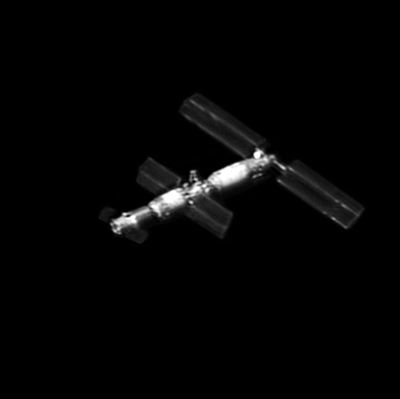Rocket Lab to attempt 1st stage recovery on November 4th launch
Rocket Lab announced yesterday that it will make its second attempt to catch the first stage of its Electron rocket using a helicopter during its next launch on November 4, 2022.
Using a modified Sikorsky S-92 helicopter to catch and secure the rocket by its parachute line, Rocket Lab will bring the captured stage back to its Auckland Production Complex to be processed and assessed by engineers and technicians for possible re-use.
This Electron recovery effort follows the catch of an Electron first stage during Rocket Lab’s first helicopter recovery attempt on the “There And Back Again” launch in May, and the recovery attempt for this mission will follow the same concept of operations as the previous launch.
In the May recovery attempt, the helicopter caught the stage, but then released it almost immediately because of unexpected stresses on the helicopter. If Rocket Lab is successful this time, it will be only the second private rocket company to recover a first stage capable of reuse, after SpaceX.
The launch itself will take place at 10:15 am (Pacific). When the live stream is available I will embed it on Behind the Black.
Rocket Lab announced yesterday that it will make its second attempt to catch the first stage of its Electron rocket using a helicopter during its next launch on November 4, 2022.
Using a modified Sikorsky S-92 helicopter to catch and secure the rocket by its parachute line, Rocket Lab will bring the captured stage back to its Auckland Production Complex to be processed and assessed by engineers and technicians for possible re-use.
This Electron recovery effort follows the catch of an Electron first stage during Rocket Lab’s first helicopter recovery attempt on the “There And Back Again” launch in May, and the recovery attempt for this mission will follow the same concept of operations as the previous launch.
In the May recovery attempt, the helicopter caught the stage, but then released it almost immediately because of unexpected stresses on the helicopter. If Rocket Lab is successful this time, it will be only the second private rocket company to recover a first stage capable of reuse, after SpaceX.
The launch itself will take place at 10:15 am (Pacific). When the live stream is available I will embed it on Behind the Black.



